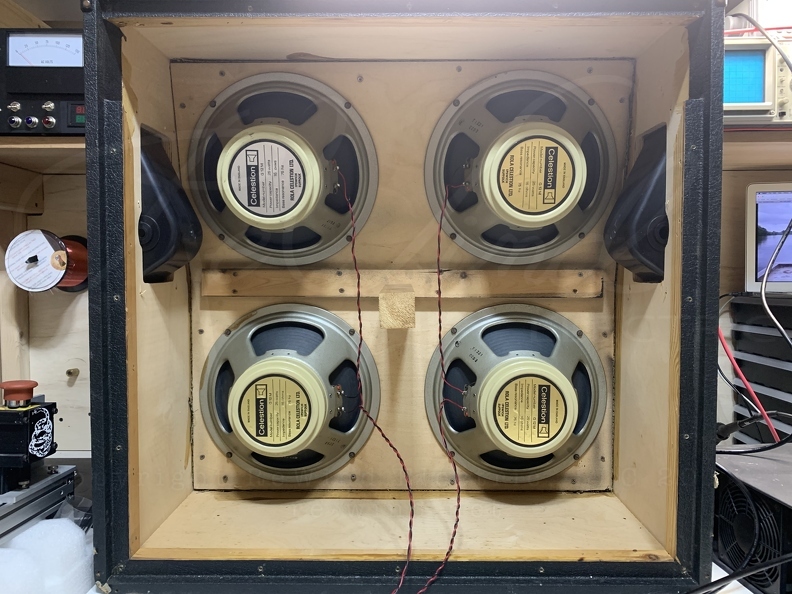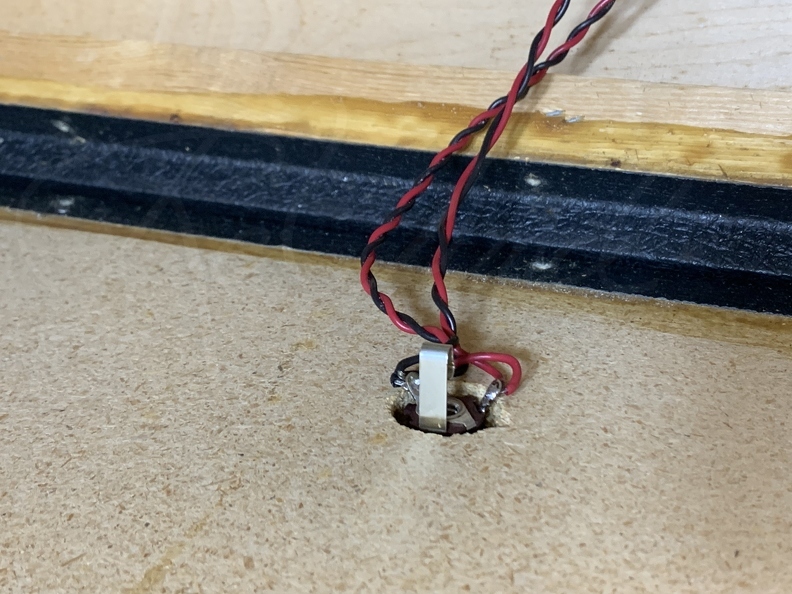Mr French
Senior Member
- Joined
- Feb 5, 2019
- Messages
- 2,843
- Reaction score
- 2,407
Fellas, I cannot figure this out!
I have a 4x12 cab and only using 2 speakers on purpose & will always be that way.
Here's my issue, I have a WGS Reaper that has those T-Tab/4 connection & a black back with J hooks.
ALL SPEAKERS 16OHMS
Here's how I have it wired:
Black back + into WGS +
Black back - into WGS -
= + going to the output jack
& - into the output jack.
Is that the correct way for this set up?
2nd mix of speakers are Dual Black back with Hooks & I don't know how to wire them. NOT A CLUE.
Again I'm only operating in a 2x12 configuration. Even though it's a 4x12 cab, we do not want to run all speakers as it sounds better.
Pictures would be very helpful!
Thanks gang.
***UPDATE AS OF 6/7/24
As you'll see I have no clue of what I am doing as this was all new to me. You will find some mixed information. However, some information is correct and most importantly the correct information is coming from James of ReWind. He's not letting me off easy with my short cuts & I thank him.
Again I didn't know that I was doing it wrong all along even though this speakers setup sounds killer. I don't want to be playing with fire and ruin any gear. These G12m 55hz are tuff to find & not cheap.
Next step is to rewire the speaker cab in the 4x12 configuration with soldering all wires onto each tab. James made multiple points with the danger of spade connectors and I agree. They can easily fall off especially with 3 of the 4 speakers being 55hz/bass cones.
Thanks.
I have a 4x12 cab and only using 2 speakers on purpose & will always be that way.
Here's my issue, I have a WGS Reaper that has those T-Tab/4 connection & a black back with J hooks.
ALL SPEAKERS 16OHMS
Here's how I have it wired:
Black back + into WGS +
Black back - into WGS -
= + going to the output jack
& - into the output jack.
Is that the correct way for this set up?
2nd mix of speakers are Dual Black back with Hooks & I don't know how to wire them. NOT A CLUE.
Again I'm only operating in a 2x12 configuration. Even though it's a 4x12 cab, we do not want to run all speakers as it sounds better.
Pictures would be very helpful!
Thanks gang.
***UPDATE AS OF 6/7/24
As you'll see I have no clue of what I am doing as this was all new to me. You will find some mixed information. However, some information is correct and most importantly the correct information is coming from James of ReWind. He's not letting me off easy with my short cuts & I thank him.
Again I didn't know that I was doing it wrong all along even though this speakers setup sounds killer. I don't want to be playing with fire and ruin any gear. These G12m 55hz are tuff to find & not cheap.
Next step is to rewire the speaker cab in the 4x12 configuration with soldering all wires onto each tab. James made multiple points with the danger of spade connectors and I agree. They can easily fall off especially with 3 of the 4 speakers being 55hz/bass cones.
Thanks.
Last edited:



